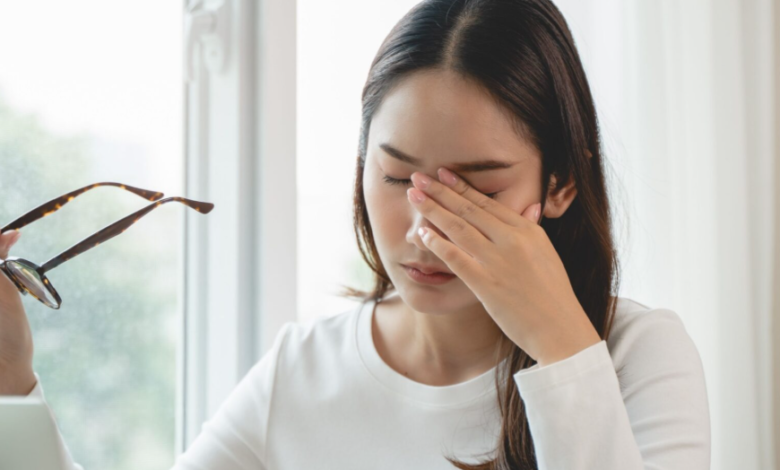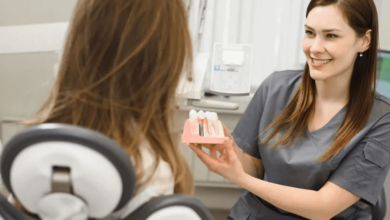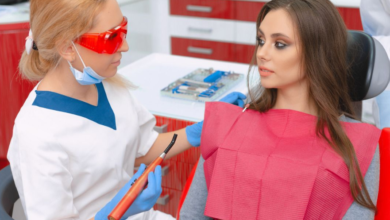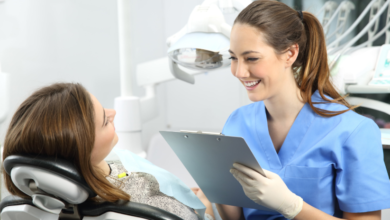Top 10 Dry Eye Treatments That Actually Bring Relief – From Simple Habits to Advanced Care

If you’ve ever lived with dry eyes, you know it’s more than just a minor irritation. That constant scratchy feeling, blurry vision after long screen time, or the burning sensation in windy weather can wear you down. Many people assume dry eye treatment is as simple as buying eye drops, but the reality is more layered. What works for one person might not work for another, and sometimes you need a mix of lifestyle changes, natural remedies, and medical support.
Drawing on both medical advice and real-life experiences, here are the 10 most effective dry eye treatments—ranging from simple at-home fixes to clinical options your doctor might recommend.
1. Artificial Tears Aren’t All the Same
Most people start here, and for good reason. Artificial tears give quick relief, but not all drops are created equal. Some are watery, meant for mild dryness. Others are thicker, almost gel-like, offering longer comfort. If you’re using them more than 4–5 times a day, your doctor may suggest preservative-free options. A friend of mine swore by switching from a drugstore brand to a preservative-free gel drop—it made a night-and-day difference.
See also: Benefits of Using Laser Technology in Custom Design
2. Warm Compresses to Unclog Oil Glands
One underestimated treatment is a simple warm compress. Placing a clean, warm washcloth over your eyes for 5–10 minutes helps loosen clogged meibomian glands (the tiny oil glands along your eyelids). When those glands don’t work properly, tears evaporate too quickly. I personally find this trick soothing after long laptop hours—it almost feels like a mini spa session for tired eyes.
3. Omega-3 Fatty Acids for Eye Health
Nutrition plays a big role in eye comfort. Studies suggest omega-3s (found in fish oil or flaxseed oil) help improve the oily layer of your tears. It’s not an overnight fix, but patients often notice gradual relief after consistent use for a few months. Think of it as strengthening your eyes from within.
4. Adjusting Your Environment
Sometimes, relief isn’t about medicine but about your surroundings. Dry indoor air, strong ceiling fans, or direct AC can trigger flare-ups. A humidifier in your bedroom or workspace can make a surprising difference. I’ve had clients who travel a lot say that simply carrying wraparound sunglasses outdoors and using a mini travel humidifier indoors cut their symptoms in half.
5. Eyelid Hygiene and Gentle Cleaning
For those whose dry eyes are linked with blepharitis (eyelid inflammation), keeping eyelids clean is key. Special lid wipes or diluted baby shampoo can help reduce bacteria and improve oil flow. It may sound too basic to matter, but consistent eyelid hygiene is often the missing piece in long-term dry eye treatment.
6. Prescription Eye Drops
When over-the-counter drops aren’t enough, ophthalmologists may recommend prescription options like cyclosporine or lifitegrast. Unlike artificial tears that only soothe, these drops actually work on inflammation—the root cause of chronic dry eyes. Patients I’ve interviewed often describe the first few weeks as “slow progress,” but once the medication kicks in, the relief is significant.
7. Punctal Plugs – Tiny but Powerful
This treatment sounds more intimidating than it is. Punctal plugs are tiny devices inserted into your tear ducts to keep tears from draining too quickly. Think of them as stoppers that help your natural moisture last longer. The procedure is quick, painless, and reversible, making it a common next step when drops alone aren’t cutting it.
8. Moisture Chamber Glasses
They may not be a fashion statement, but moisture chamber glasses are lifesavers for people with severe dryness. They create a protective shield around your eyes, reducing tear evaporation. One patient described them as “air-conditioning goggles” for her eyes—strange at first, but life-changing for long flights or dry climates.
9. In-Office Thermal Treatments
Eye doctors now have advanced tools like LipiFlow® or iLux® that use heat and gentle pressure to unclog oil glands more effectively than warm compresses. These are especially helpful for people with meibomian gland dysfunction. While they can be an investment, many patients report months of relief after a single session.
10. Lifestyle Tweaks That Add Up
Finally, small daily choices can make or break your eye comfort. Follow the 20-20-20 rule (look 20 feet away every 20 minutes for 20 seconds), blink fully when working on screens, and stay hydrated. Even simple changes—like switching from contact lenses to glasses during flare-ups—can give your eyes the break they need.
Final Thoughts
Dry eye treatment isn’t a one-size-fits-all solution. For some, artificial tears and warm compresses are enough. For others, relief only comes through prescription drops or advanced therapies. What’s most important is not ignoring the symptoms—because untreated dry eye can lead to more than discomfort; it can actually harm your vision over time.
If you’ve been struggling, start with the basics but don’t hesitate to talk to an eye specialist. The earlier you get to the root cause, the sooner you’ll find lasting relief.
FAQs on Dry Eye Treatment
1. Can dry eye be completely cured?
Not always. Most cases are managed rather than cured, but with the right treatment, symptoms can be reduced significantly.
2. How do I know if my dry eyes are serious?
If you experience persistent pain, extreme redness, or sudden changes in vision, it’s time to see an ophthalmologist.
3. Are natural remedies effective for dry eyes?
Yes—simple changes like warm compresses, omega-3 supplements, and eyelid hygiene often improve mild cases.
4. How long before dry eye treatment shows results?
Quick fixes like drops give instant relief, but supplements or prescription therapies may take weeks to months for full results.
5. Is screen time always to blame for dry eyes?
Not always, but it does make symptoms worse. Screen use reduces blink rate, which speeds up tear evaporation.





